Why headless CMS is not a cure-all solution for your content management
As a content manager, you may struggle with creating and managing content that is optimised for all the digital channels you are targeting. As you know, content that does the job on your website may not work as well on your social media. A content management system (CMS) will allow you to efficiently create, manage and publish content across multiple channels. This will improve your overall content strategy and will save you time and resources.
Although headless CMS is the new buzz word, we do not believe that it is the magic solution to all of your content management needs. This bold statement might ruffle some feathers, but don’t worry, we will explain this claim further in the article.
We will walk through the different strategies to manage content and will explore the benefits and challenges of each strategy. Throughout this article, you will come to understand why headless content management might not solve all of your content management problems and what to consider when deciding on your content management strategy moving forward.
Different content management strategies
To ensure your content is accessible, up-to-date and consistent across all channels, you need a content management system that is right for your business.
Different content management strategies can range from traditional content management to headless content management or hybrid content management. Choosing the right CMS is crucial to effectively manage and distribute content, while also meeting the unique needs of your business and audience.
Let’s take a look at the three different strategies.
1 - Traditional content management
A traditional content management system is focused on a couple of channels and usually gives preference to one device. You create content that is targeting a specific channel, such as your website, and on specific devices like desktop, tablet and mobile.
While a traditional CMS offers businesses a large range of benefits such as easy content creation and management, customisation and workflow management, it also has its downsides. You can only edit content and information on page level and have limited possibilities to reuse content, even on pages within one website. In more advanced traditional CMSs, and with a good front-end set-up, you will be able to reuse components across pages. However, you often still manage content in specific locations and make changes one-by-one. This is time consuming and a waste of resources.
2 - Headless content management
Headless content management, on the other hand, provides the ultimate flexibility. Reusable content and a completely detached front-end means you can use the same content across different channels. You can create content once and re-use it for your website but also for voice assistants, apps, email campaigns, and so much more. This enables different teams within the same organisation to drill into the same data source to retrieve content and use it in very different ways. It's a centralised way of managing content and it completely detaches itself from the visual aspect of content management.
It takes some time to wrap your head around the idea that content is managed completely separate from its context, though, and that is exactly where the problem lies. A lot of content managers are used to working in an environment where they can see - more or less - what their changes will result in when they go live. While the concept of reusing content in different channels is appealing, a lot of content managers find it hard to let go of the control they were used to having over how content will appear on any given channel.
3 - Hybrid content management
Hybrid content management systems, finally, provide a combination of both the traditional and headless approach, allowing for greater customization and integration with other systems. In a hybrid content management system, you can reuse content and components while retaining your context so you have a visual reminder of what your content will look like when it goes live.
With a hybrid CMS you enjoy the flexibility and customisation of a headless CMS, along with the multi-site management and branding customisation features of a traditional CMS. Want to know more about multi-site management? We dive into all the benefits a hybrid CMS will offer you when you have a multi-level content management structure in this article.
A hybrid CMS has often evolved from a traditional CMS so it includes the concept of a site structure. With a headless CMS, content is usually managed at the same level in a flat list so your content manager will need to add a structure through naming conventions. This makes it hard to locate specific pieces of content. Hybrid CMS solves this by retaining a more structured way of storing content, allowing your content managers to easily retrieve content.
An example of a hybrid content management system is Adobe Experience Manager (AEM), Adobe's content management system. It offers reusability in content management, while still providing that information structure that is usually missing with a headless CMS. In addition, AEM has headless components that can be used within the existing site structure that can also be fetched by an API. This way you truly have the best of both worlds.
Ready to take your next step?
Our sales team is always ready to discuss a challenge you are currently struggling with and see how we can help you come up with a solution. We have an in-depth knowledge and years of experience with the Adobe platforms so get in touch and we'll happily help you build a more scaleable, adaptable and personalised experience for your customers.
